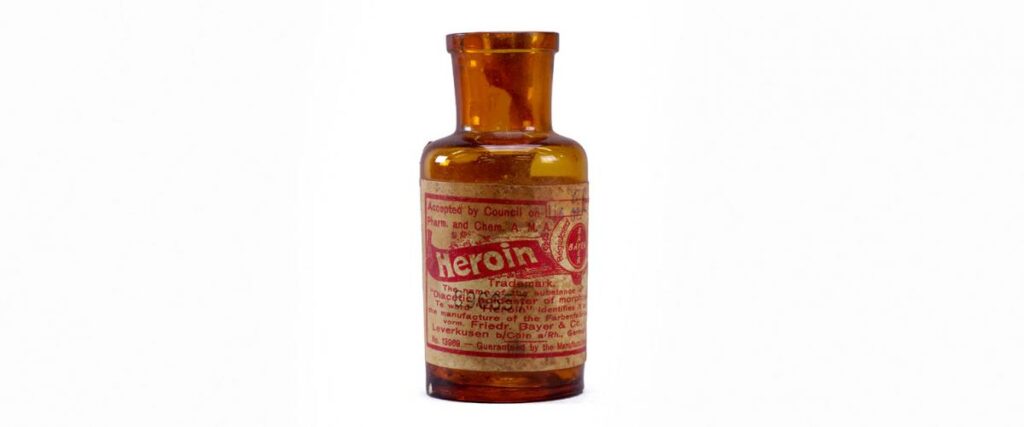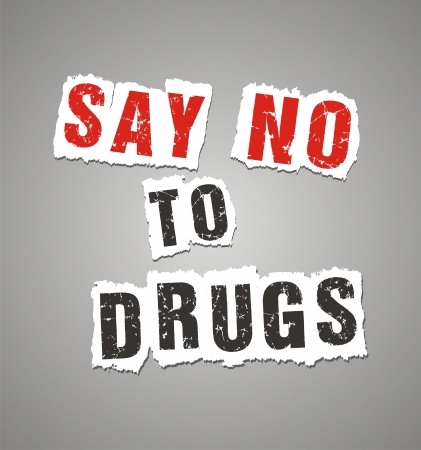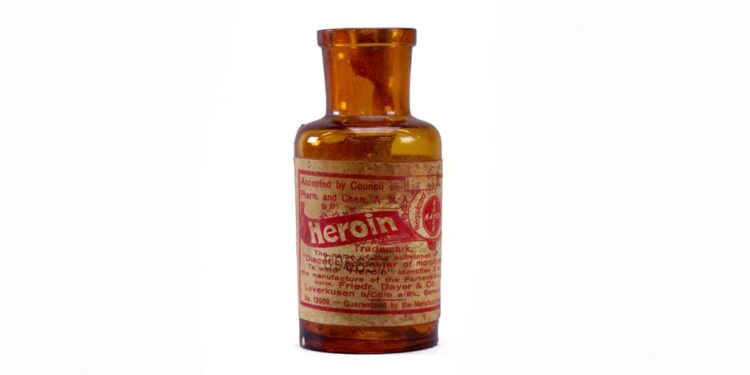It’s difficult to keep up with the medical community’s treatment recommendations. Something can be beneficial one day and then be lethal the next.
DRUGS IN THE 19TH CENTURY
- Drug consumption in the 1800s foreshadowed the future opioid crisis, as well as other highly addictive medications. Commoners and well-known, respectable individuals such as Thomas De Quincy, a prominent English writer during the Romantic era, used opium and its derivatives for medical and recreational purposes. Opium was frequently ingested in the form of pills or pellets. The medicine was in high demand since it relieved excruciating agony.
- Charles Dickens, George Eliot, and Elizabeth Barret Browning were among the famous opium users who used laudanum as a pain reliever. Because opium and its derivatives were so easily available, many people became psychologically and physically hooked on them. These people may have had side symptoms such as dysphoria, itchy skin, constipation, respiratory depression, and xerostomia (dry mouth).
In the early 19th century, parents were giving laudanum and morphine to children.
Another name for opium-containing ingredients in cough syrups is “laudanum,” which parents gave babies to reduce teething pain.
- Laudanum: A tincture or an alcoholic solution containing morphine that was derived from opium and used to treat pain. Laudanum was the most abused opium derivative of all Victorian drugs. It is known as the “aspirin of the nineteenth century.” It was popular throughout the 1800s.
- Morphine: In later stages, they use morphine. Morphine is an opiate derived from the poppy plant. It was used to treat pain.
In the 1880s, parents were giving their children heroin.

Heroin is a drug made from morphine, which is made from the opium poppy. Like its poppy predecessors, manufacturers added heroin to cough syrups as a cough suppressant.
While heroin is more potent and less expensive than morphine, it is also more addictive. In 1875, an Englishman developed the component of medicine. However, it took another 20 years for German chemist and Bayer employee Felix Hoffmann to turn it into heroin. Hoffmann also invented aspirin, which is still commonly used today.
- In 1895, German drug manufacturer Bayer released its latest cough syrup, which they sold under the brand name “Heroin.” While hard to believe, this cough syrup was marketed as a safer alternative to morphine in the treatment of ailments.
- Bayer & Co. launched heroin as a pain reliever and cough suppressant in 1898. The medicine was packaged and sold in bottles similar to this one. Customers were presented with the newly commercialised product “Heroin” as an effective, safe remedy through its amber glass and colourful label.
- Because the size of the family was always huge and the number of children was also high at the time, every household had at least ten bottles of heroin. Nobody understood its adverse effects until the government has to band its sale and purchase.
- Cannabis (THC), in addition to heroin, was popular and was utilised in teas and alternative medicines.
It may seem incredible, but during the 1800s, there were few to no limitations on the purchase and use of pharmaceuticals. People in early and mid-Victorian (Britain) times could buy medications without a prescription, including popular narcotics such as laudanum, cocaine, opiates, and arsenic. Typically, the substances were utilized to construct home remedies and, of course, for individuals who were bored or experimenting with the adverse effects of ingesting these Victorian drugs.
People inject heroin in their prescriptions and give it to their children because there are no standards and restrictions for medicines.
Parents guidance:
Parents can assist prevent their children from drug usage by providing them with information before they are placed in a harmful scenario. This may make children less prone to try drugs or rely on friends for answers.
You are role models for your children, and your attitudes towards alcohol, tobacco, and drugs can have a big impact on how they perceive them. Make discussing drugs a part of your general health and safety discussions.





100 mg accutane https://isotretinoinacne.shop/# buy accutane 40 mg online